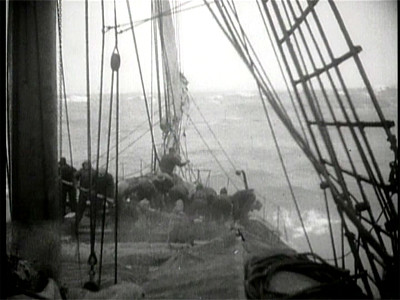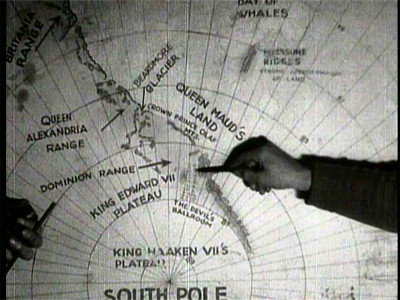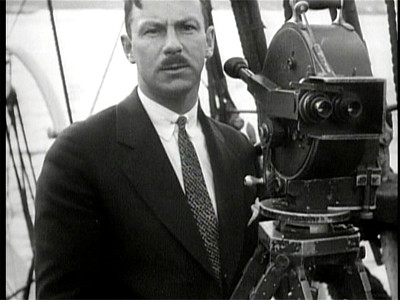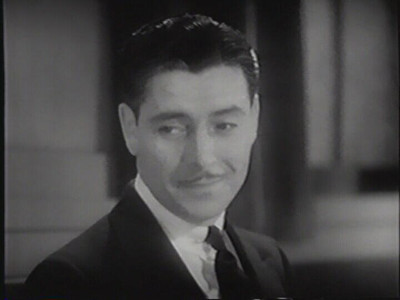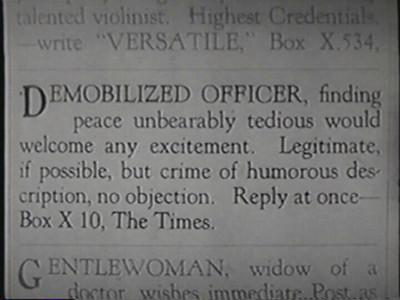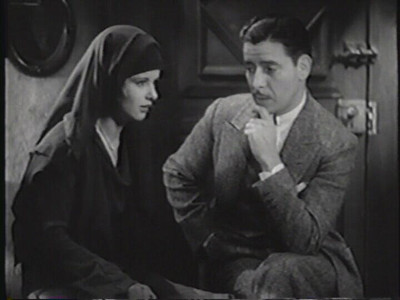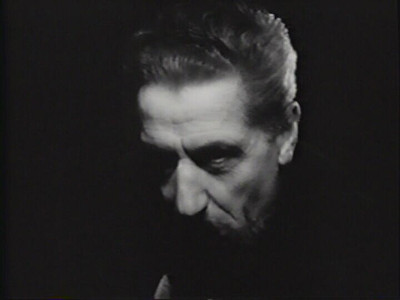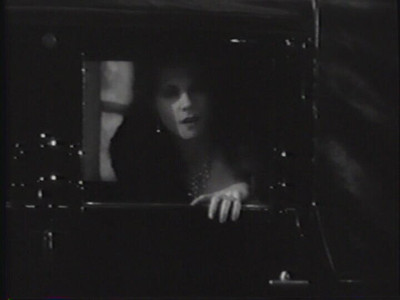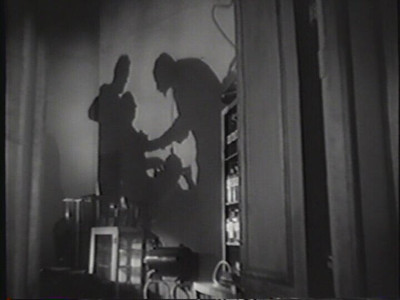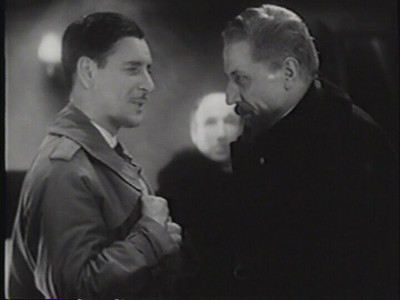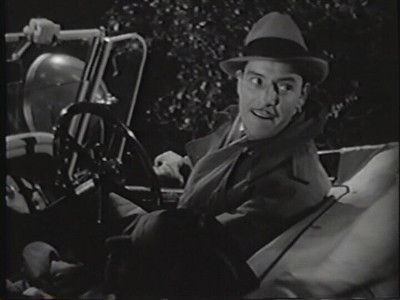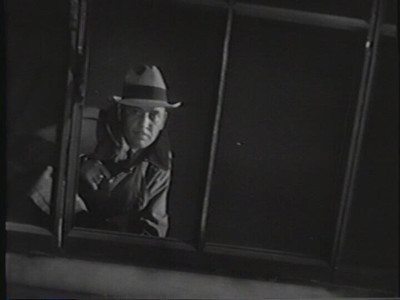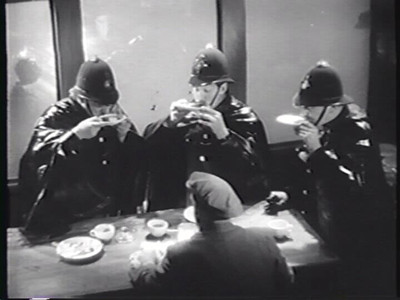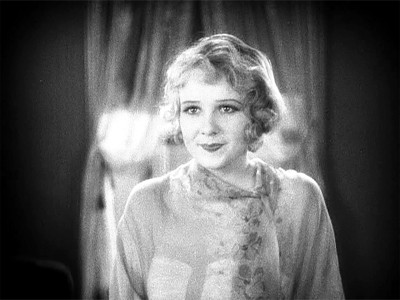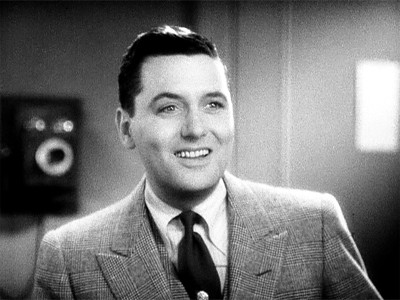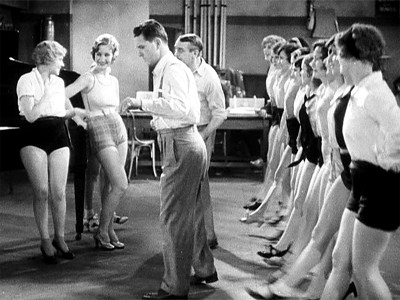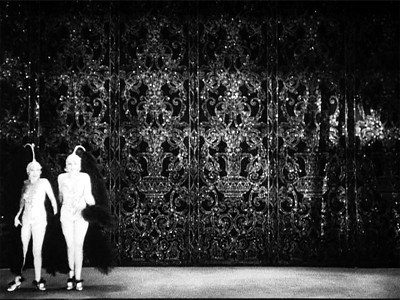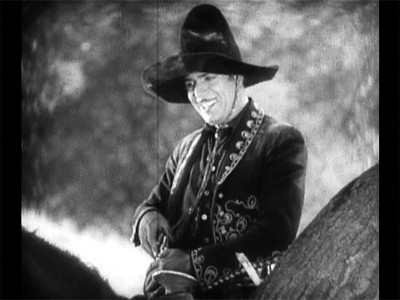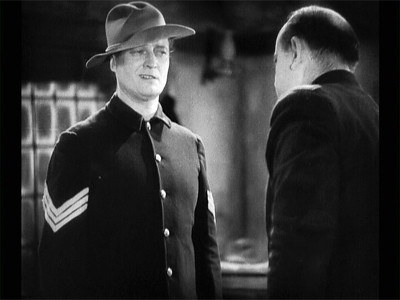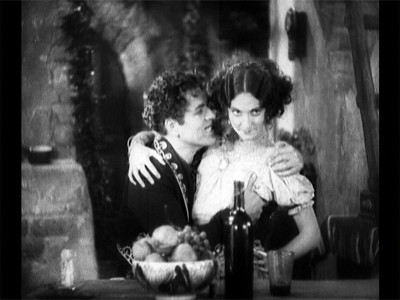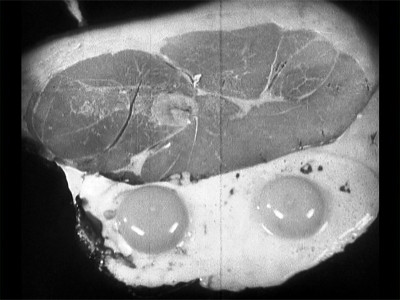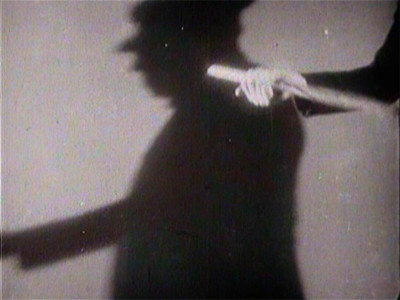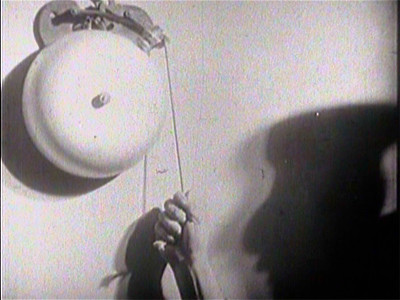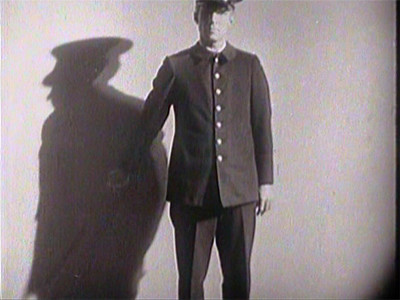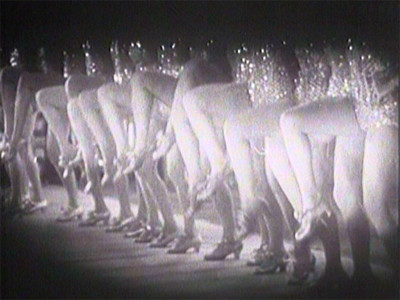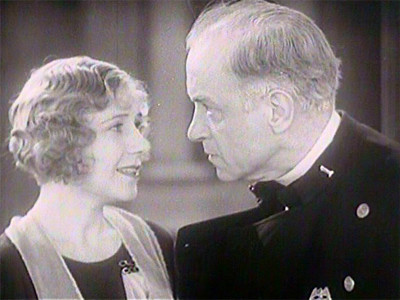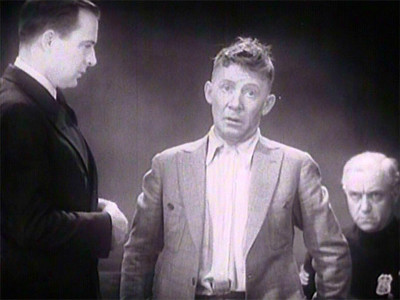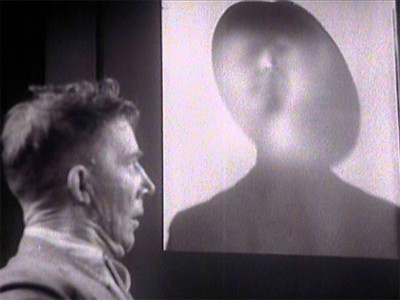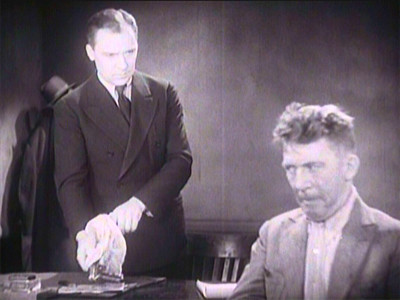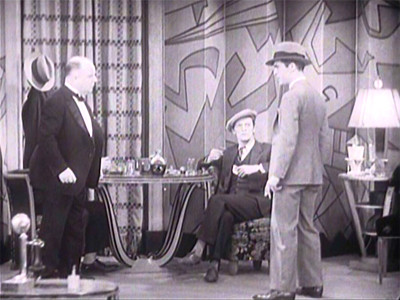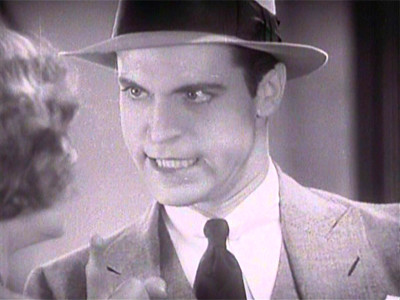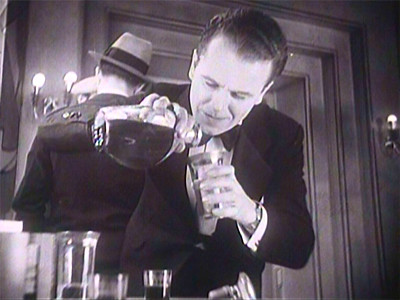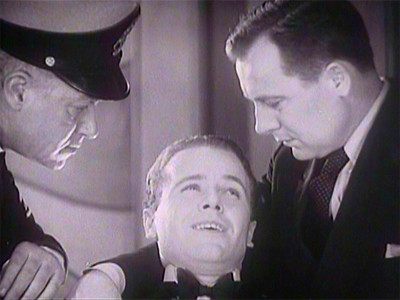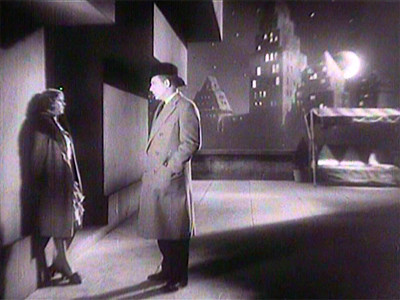In the days before television, VHS and DVD, not a lot of thought was given to film preservation. As such, the further you go back, the harder it is to find copies of certain films. There were a lot of films nominated during the 2nd Academy Awards that are either completely lost or unavailable in any consumable format.
Should any of these films become available, I promise to go back and review them.
---
4 Devils (1928)
Nominated For: Best Cinematography (Ernest Palmer)
According to Wikipedia:
"The plot concerns four orphans (Anders Randolf, Barry Norton, Charles Morton, and Gaynor) who become a high wire act, and centers around sinister goings-on at a circus."The film is sadly lost. Details are available on the DVD of
Sunrise: A Tale of Two Humans.
---
The Awakening (1928)
Nominated For: Best Art Direction (William Cameron Menzies)
Can't find much information on it, besides that it takes place in World War I. No known copy exists.
---
The Barker (1928)
Nominated For: Best Actress in a Leading Role (Betty Compson)
Plot according to Turner Classic Movies:
"Nifty Miller, the greatest carnival barker in the world, sends his son, Chris, to law school in the hope that the boy will find in professional life a more settled and prosperous life than that of the sideshow. During one of his summer vacations, Chris finds work with the carnival, and Nifty breaks off his relationship with Carrie, a hula dancer who, seeking revenge for this slight, pays another carnival girl, Lou, to vamp the innocent boy; Lou, however, genuinely falls in love with Chris. When his father finds out that they are in love, Chris defiantly announces his intention to marry the girl. Seeing his ambitious plans for his son seemingly collapse, Nifty quits the carnival and turns to drink. He later finds out that Chris has returned to law school at Lou's urging. Offered a partnership in the carnival, Nifty returns to his former life as a barker."Prints exist, but no VHS or DVDs
---
The Bridge of San Luis Rey (1929)
Won: Best Art Direction (Cedric Gibbons)
Wikipedia on the novel the film was adapted from:
"It tells the story of several interrelated people who die in the collapse of an Inca rope-fiber suspension bridge in Peru, and the events that lead up to their being on the bridge. A friar who has witnessed the tragic accident then goes about inquiring into the lives of the victims, seeking some sort of cosmic answer to the question of why each had to die."A part-talkie, part-silent film. The talkie portions are lost, and the remaining parts of the film are in storage and are unavailable.
---
The Cop (1928)
Nominated For: Best Writing, Achievement (Elliott J. Clawson)
Not much information on this film, a print might exist at the Library of Congress.
---
The Divine Lady (1929)
Won: Best Director (Frank Lloyd)
Nominated For: Best Actress in a Leading Role (Corinne Griffith)
Best Cinematography (John F. Seitz)
The plot according to IMDb:
"A partly fictionalized account of history begins with the arrival of slatternly Emma Hart, a cook's daughter, at the home of Charles Greville. Greville takes her as his lover and grooms her until their relationship becomes an inconvenience. Greville then dupes Emma into traveling to Naples to live with his uncle, Lord Hamilton, ambassador to the court at Naples. Realizing that Greville has abandoned her, Emma agrees to marry Lord Hamilton. Soon, however, she meets Admiral Horatio Nelson of the British Navy. Emma plays a crucial role in convincing Naples to open its ports to Nelson during his campaign against Napoleon's French fleet. Soon, Emma and the married Nelson become romantically involved -- a relationship which will have consequences for them both."Prints exist, and it's aired on Turner Classic Movies a few times. Possible review in the future.
---
Drag (1929)
Nominated For: Best Director (Frank Lloyd)
Plot according to Turner Classic Movies:
"Young David Carroll takes over the publication of a local Vermont newspaper. Although he is attracted to Dot, "the most sophisticated girl in town," he marries Allie Parker, daughter of the couple who run the boardinghouse where he lives. Inseparable from her parents, Allie remains at home when David goes to New York City to sell a musical he has written. There, Dot, now a successful costume designer, uses her influence to get David's play produced. David and Dot fall in love, but she leaves for Paris when David indicates he will remain true to Allie. He sends for Allie; but when she arrives with her whole family, he decides to follow Dot to Paris."Prints seem to exist, not much information beyond that.
---
Dynamite (1929)
Nominated For: Best Art Direction (Mitchell Leisen)
The plot, according to IMDb:
"Wealthy Cynthia is in love with not-so-wealthy Roger, who is married to Marcia. The threesome is terribly modern about the situation, and Marcia will gladly divorce Roger if Cynthia agrees to a financial settlement. But Cynthia's wealth is in jeopardy because her trust fund will expire if she is not married by a certain date. To satisfy that condition, Cynthia arranges to marry Hagon Derk, who is condemned to die for a crime he didn't commit. She pays him so he can provide for his little sister. But at the last minute, Derk is freed when the true criminal is discovered. Expecting to be a rich widow, Cynthia finds herself married to a man she doesn't know and doesn't want to."The film is in rotation on Turner Classic Movies, but no VHS or DVD is available. A possible review coming in the future.
---
The Last of Mrs. Cheyney (1929)
Nominated For: Best Writing, Achievement (Hanns Kräly)
The plot according to IMDb:
"There is a big charity function at the house of Mrs. Cheyney and a lot of society is present. With her rich husband, deceased, rich old Lord Elton and playboy Lord Arthur Dilling are both very interested in the mysterious Fay. Invited to the house of Mrs. Webley, Fay is again the center of attention for Arthur and Elton with her leaning towards stuffy old Elton. When Arthur sees Charles, Fay's Butler, lurking in the gardens, he remembers that Charles was a thief caught in Monte Carlo and he figures that Fay may be more interested in the pearls of Mrs. Webley, which she is. After Fay takes the pearls, but before she can toss them out the window, she is caught by Arthur who is very disappointed in how things are turning out."Prints seem to be available, but no VHS or DVD copies.
---
The Leatherneck (1929)
Nominated For: Best Writing, Achievement (Elliott J. Clawson)
Can't find much information. If prints are available, there isn't any VHS or DVD copies.
---
Madame X (1929)
Nominated For: Best Actress in a Leading Role (Ruth Chatterton)
Best Director (Lionel Barrymore)
Plot according to IMDb:
"Thrown out of her home by a jealous husband, a woman sinks into degradation. Twenty years later, she is charged with killing a man bent on harming her son. The son, unaware of who the woman is, takes the assignment to defend her in court."Prints exist, will probably review in the future.
---
The Patriot (1928)
Won: Best Writing, Achievement (Hanns Kräly)
Nominated For: Best Actor in a Leading Role (Lewis Stone)
Best Art Direction (Hans Dreier)
Best Director (Wrnst Lubitsch)
Best Picture
The tag line according to IMDb:
"These Characters Will Fascinate You! EMIL JANNINGS - Cruel, brutal, but also pathetic. The mad Czar who holds all Russia in his tyrannical grasp. FLORENCE VIDOR - An exotic beauty of the court. The Czar's favorite! Betrayed by her lover, she becomes a thorn in the hands of the conspirators! LEWIS STONE - Prime Minister and trusted friend of the mad Czar, who conspires against the monster ruler of Russia. NEIL HAMILTON - Heir to the throne. Worshipped by the Russians. The only man who can hold the government from self-destruction."This film is very, very lost. Chances of finding it are 0 to nil. It is the only Best Picture nominee for which no complete or near-complete copy exists.
---
Sal of Singapore (1928)
Nominated For: Best Writing, Achievement (Elliott J. Clawson)
Not much information. A print supposedly exists at UCLA.
---
Skyscraper (1928)
Nominated For: Best Writing, Achievement (Elliott J. Clawson)
The plot according to Turner Classic Movies:
"Blondy and Slim, buddies, are high steel workers. Blondy falls and is seriously injured while attempting to rescue Slim. As a result of his injury he can no longer work, and he falls into a reclusive depression. Only after his friend pretends to be interested in his sweetheart does he recover his spirit and become well again."Not much information on availablity.
---
Thunderbolt (1929)
Nominated For: Best Actor in a Leading Role (George Bancroft)
Plot according to IMDb:
"A criminal known as Thunderbolt is imprisoned and facing execution. Into the next cell is placed Bob Morgan, an innocent man who has been framed and who is in love with Thunderbolt's girl, without knowing of their relationship. Thunderbolt hopes to stave off the execution long enough to kill young Morgan for romancing his girl."Not much information on availability.
---
The Valiant (1929)
Nominated For: Best Actor in a Leading Role (Paul Muni)
Best Writing, Achievement (Tom Barry)
The plot according to Wikipedia:
"The play's plot is actually quite convoluted. The basic story of the plot is that a half an hour before a murderer's execution, the Warden and the Prison Chaplain attempt to discern the prisoner's identity. He meets his long lost sister, although the end is slightly ambiguous if one is not paying attention. The play ends with the exit of the murderer, the Chaplain and the Warden."Prints exist only in private collections.
---
Weary River (1929)
Nominated For: Best Director (Frank Lloyd)
Plot according to Turner Classic Movies:
"Bootlegger Jerry Larrabee is framed by a rival gangster and is sent to prison, where he comes under the kindly influence of the warden. Jerry turns to music and forms a prison band, broadcasting over the radio. Radio listeners are deeply moved by his singing, and Jerry wins an early parole. He goes into vaudeville and quickly flops; he then moves from job to job, haunted by the past. Forced at last to return to his old gang, Jerry takes up with his former sweetheart, Alice. She gets in touch with the warden, who arrives on the scene in time to keep Jerry on the straight and narrow path. Jerry eventually becomes a radio star and marries Alice."Prints exist, may review in the future.
---
Wonder of Women (1929)
Nominated For: Best Writing, Achievement (Bess Meredyth)
The really short synopsis from IMDb:
"A German pianist is going to break up with his unfaithful wife, when he receives the message that his favourite stepchild has died."Despite a rumor of a laserdisc existing at UCLA, this film is pretty lost.


